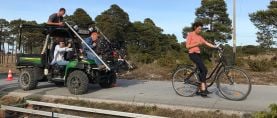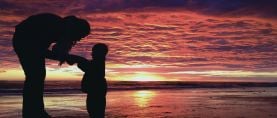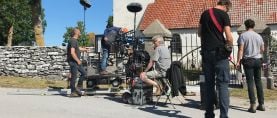
Digging Deep Into My Vocation
The cinematographer details her experience on the creative endurance test of shooting a weekly series.
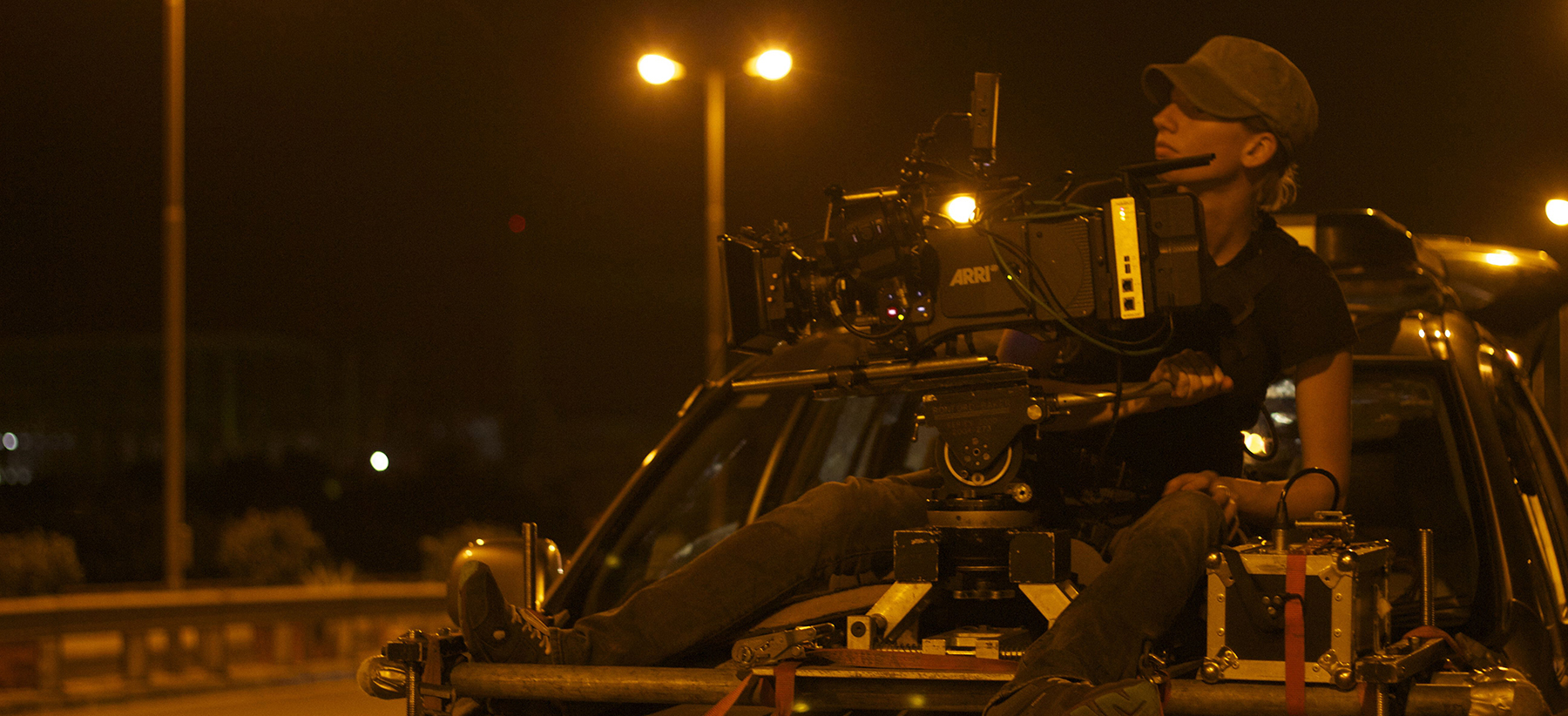
The cinematographer details her experience on the creative endurance test of shooting a weekly series.
By Sherri Kauk
Loev photos by Oankar Chavan. Murder Made Easy photo by Tim Davis. All images courtesy of Sherri Kauk.
One episode every two-and-a-half days. A new director each week. Thirty weeks shooting back to back — for almost seven months. I am an indie cinematographer being offered to shoot Seasons 3 and 4 of the CBS Saturday-morning series The Inspectors. For emerging cinematographers who shoot one, maybe two features a year — and with indie shoot schedules averaging 16 to 22 days — being able to stand on set every day is a boon. I am pumped for this yearlong cinematography craft intensive. By the end of the run in December 2017, I will have reframed how I speak about the experience, understanding it more fully as an instruction in craft, collaboration and sustainability.
Craft
Rewind to May 2017. I am settled into the stage in Charleston, S.C., prepping for The Inspectors. Netflix has just released director Sudhanshu Saria’s debut feature, Loev, under its exclusive worldwide acquisitions banner. We shot Loev in the summer of 2015 in Mumbai and cities including Mahabaleshwar and the Sandhan Valley. We shot for 16 densely humid days, moving through 32 locations and racing to capture exteriors before the monsoons released their summer fury.
Shooting and handheld-operating this ultra-low-budget feature, I shifted strongly away from small-form camera bodies and full-frame sensors. Initially, this put production in a monetary bind, because Red Epics and Scarlets, Canon 5Ds and the Franken-rigs that support them were more readily available for our budget level. We even tested the Red One. But Arri had just released its Alexa XT, and its handheld form factor — echoing 16mm film-camera greats like Arri’s own 416 and Aaton’s XTR Prod — and its ability to sensor-crop from 35mm to Super 16 made this the camera system best suited for Loev. Because Loev consists of tension-developing, dynamically blocked long takes, I needed to ensure we were laying down technically sound takes so editorial would be building the film based on performance and not technicalities.
Wanting to set up first-time focus puller Achyu Dwivedi and myself for success, I pitched that we shoot Super 16 format for dialogue and 35mm sensor for wide establishing shots. Our producers at Bombay Berlin Film, Katharina Suckale and Arfi Lamba, connected with Arri head of sales Hans Salzinger. Hans pitched back: If I could light to one stop deeper to protect focus concerns, the slightly older-model Alexa Classic in ProRes 4:4:4 would be a phenomenal indie camera option capable of delivering big value. Forgoing raw streamlined the post workflow and helped our shoestring budget.
Shooting handheld with the Alexa, with Arri’s EVF as reference and my light meters at my hip, was cinematography set free. For Achyu and crew, the camera’s industry-standard workflow set them free as well.
In addition to the Alexa Classic package, I carried my Blackmagic Pocket Cinema Camera with PL mount for car work, guerrilla shots, and as a backup body. I appreciate its Super 16 sensor, 10-bit color space, and how well it can match the Alexa’s color space.
We shot Loev with a 35mm and a Super 16 set of Zeiss Super Speeds. There is a “honeymoon” portion of the film, which takes place outside in the breathtaking Sandhan Valley. Shooting this portion almost wide open, and allowing the Super Speeds to bloom the highlights and edges, echoes the gentle whimsy that our characters, Sahil and Jai, feel.
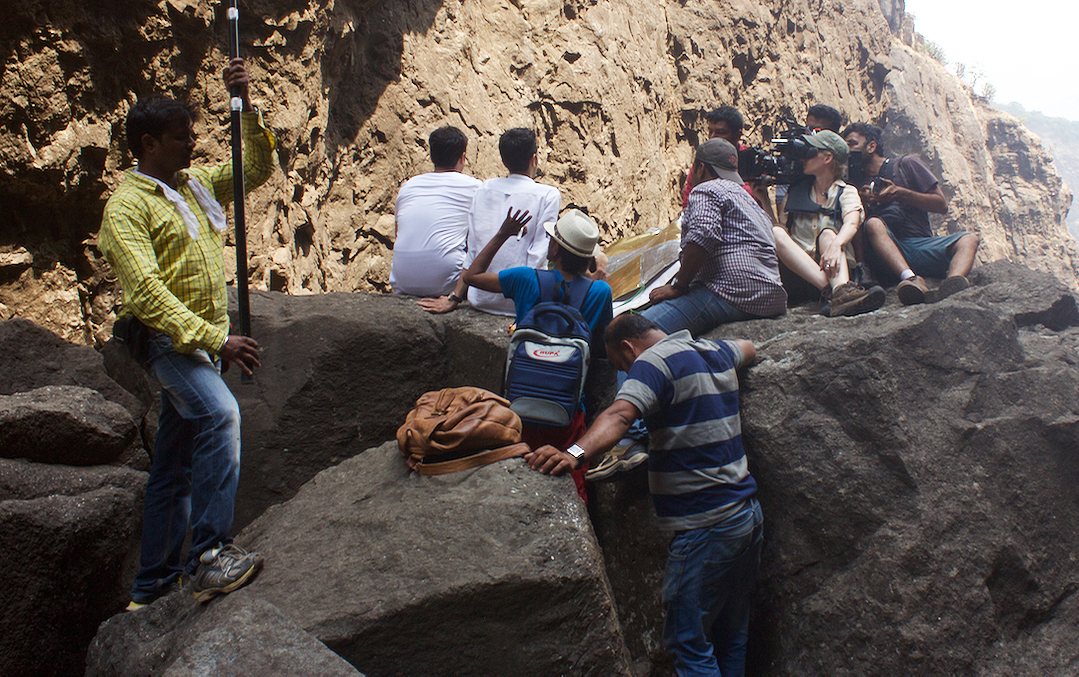
Collaboration
I’m feeling great. Prep month for The Inspectors has come to an end, and we are deep into shooting Season 3. While shooting today, I steal away with gaffer Ben Baggott and key grip Dave Justice to discuss pre-rig needs for next week’s sets; I pop into tomorrow’s swing sets to touch base with set decorators Missy Ricker and Cara Rhodes, and to share coverage notes I’ve gleaned from this week’s director; I stop by production designer Leslie Keel’s office to review previs images for the sets she’s designing four episodes out. Keel and I have devised denotations in our breakdowns to qualify sets as “Full Sets” or “Long Lens Limited Sets” to stretch both budget and time. “Full Sets” offer 360-degree shooting, which Keel builds out in great detail. “Long Lens Limited Sets” are targeted at short scenes or one-off locations where coverage requires only one or two set walls and less detailed finishing.
When I need to step away, I am covered because I have a camera team whose members each work like cinematographers in their own right. Shooting with two Red Epic MXs — production-company owned — fitted with a shared set of Bausch & Lomb Super Baltars, A-camera/Steadicam operator Robert Arnold leads our camera team, with B-camera operator Jake Butler delivering that extra, critical piece of coverage.
I love saying “let’s figure out how” to showrunner Bryan Curb and our visiting directors. Getting into their minds is the best part of my job, because everything is imaginary until the director calls “action” and the camera rolls. I want to know we are creating from complementary points of inspiration. When all of us are in sync, I don’t call it “making the day”; I high-five the team and exclaim, “We have won the day!”
During a rare break in the day, I pause to remember just three months back, when I was interviewing to shoot The Inspectors. I was in Atlanta co-leading a Julie Donovan-organized camera-operating workshop alongside Geoff Haley and Hilda Mercado. The major differences between shooting an indie project like Loev versus a studio project like The Inspectors were on my mind. I asked Geoff, whose career had risen through the film ranks from shoestring to blockbuster — at that time he had just wrapped The Fate of the Furious — for his opinion.
“The need to have a counterbalance to work, even as work hours consume the majority of the day, is critical.”
“There is no critical difference,” he replied, “In the end, every production is challenged by the same beasts — not enough money and not enough time. The only difference is the scale and perhaps the source of the challenge, but the challenges will always present themselves.”
I was skeptical then, but smile now. Shifting from a 16-day road-trip movie in India to a seven-month soundstage series in Charleston has presented insane hurdles stemming from time and money crunches. The scale and source of the challenges have varied vastly, but the challenge, as he assured, remains.
I learned, for example, when I started Season 3 of The Inspectors, that the B camera had previously worked only 30 percent of the time. I immediately adjusted the blocking to support both A and B cameras whenever possible, and we now run two cameras 90 percent of the time. This time saved on coverage is twofold, because apparently editorial loves it, too. Curb shared this tidbit with me: Laying down multiple camera angles per take streamlines editing for both continuity and performance when cutting a scene. Employing two cameras helps the crew make our day and the editors make theirs. “Winning!”
Months later, with the end of Season 4 in sight, we wrap for the day. I am exhausted, feeling a long way from home, and working every day to keep the everyday shooting “fresh.”
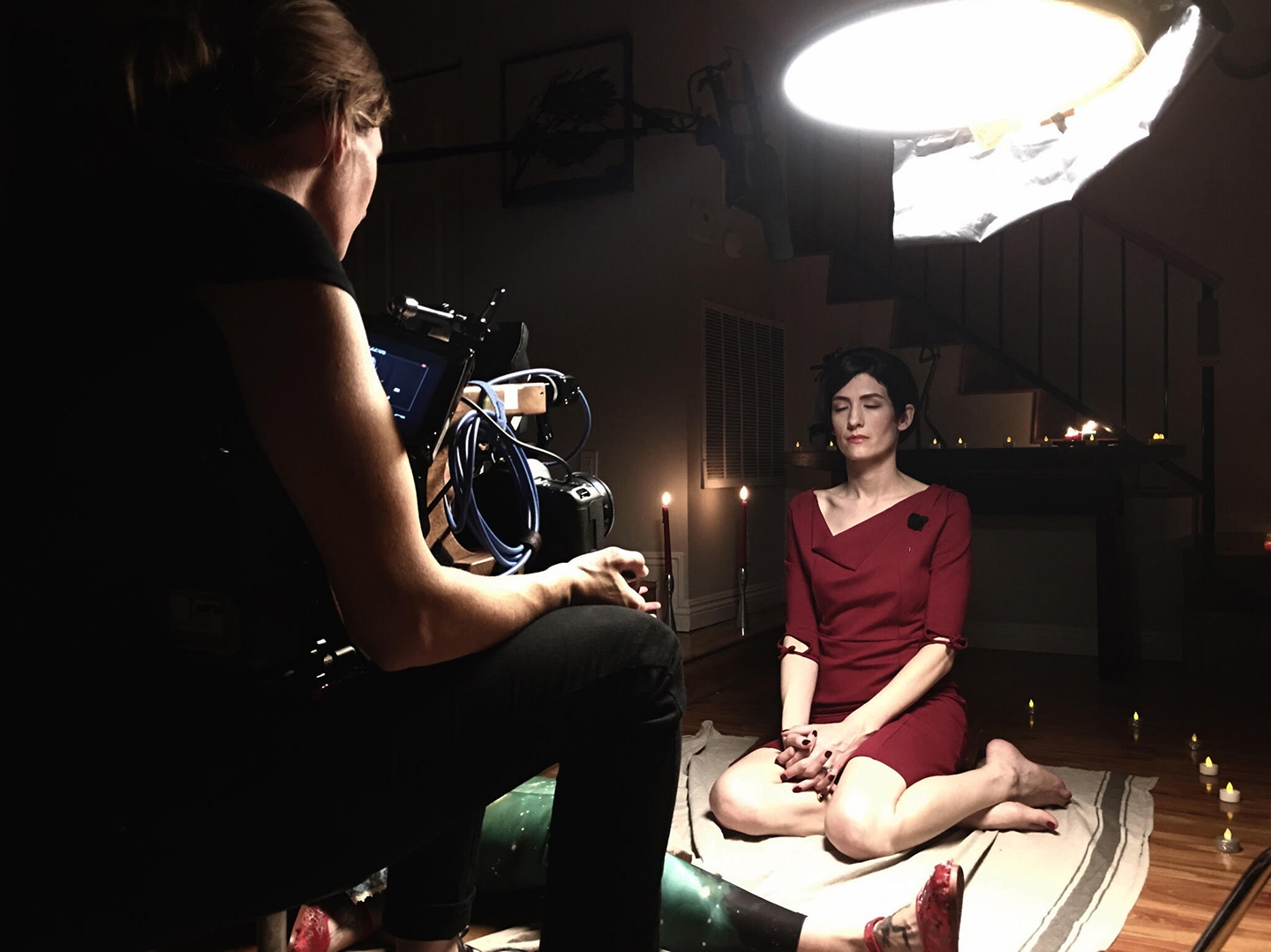
Sustainability
For its premiere and second seasons, The Inspectors delivered one episode in five shooting days. I arrived on Season 3 with production having scheduled an episode every three days. By Season 4, we’re shooting each episode in two-and-a-half days. I don’t know entirely what to think about this, except to say I saw the same panic and frustration hit each director, each week, on their first day of shooting, as the speed with which we flew pressured their craft. I felt it too — on Episode 404, which I directed.
This is where the word “crew” becomes critical in its essence. We kept each other afloat and engaged. As the episodes progressed, we challenged ourselves around a craft area — we had a color-splash episode, a dynamic-range episode, a lighting ratio/big-window-key vs. overhead-interior-key episode. Crewmembers bumped up at times to gain experience. The shorthand and workflow we’d established over the year made every challenge surmountable.
On a personal note, initially, swimming before and after work charged me, and kept me refreshed and centered. As we entered the chillier months, and when the shooting schedule expanded from 10-hour days to 12-hour days — along with added weekly lunch meetings and pre-call scouts — my time for swimming drained. Indeed, my time for anything outside of work dried up.
The need to have a counterbalance to work, even as work hours consume the majority of the day, is critical. On my next adventure, I will stay near an indoor pool, where I can swim during all seasons. I also support the 10-hour “French hours” schedule, which likewise supports a more balanced, healthier family life.
This area — sustainability — is critical. When I maintain peak overall health, I can offer peak collaboration and skill. As my energy, health or well-being wane, what I am able to lend of myself diminishes. This area is a part of our vocation I’d like to hear us all talk more about. Whereas craft and collaboration rule the set, sustainability keeps us on those sets for years to come.

